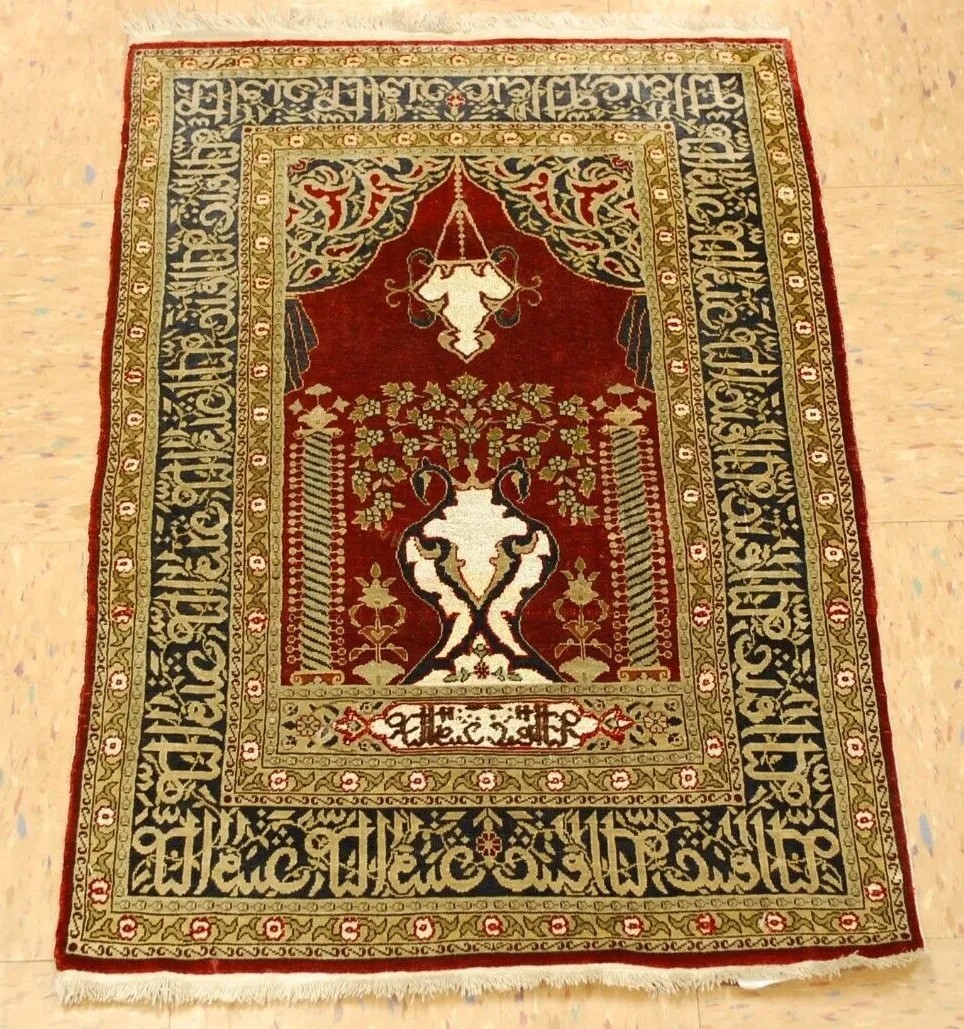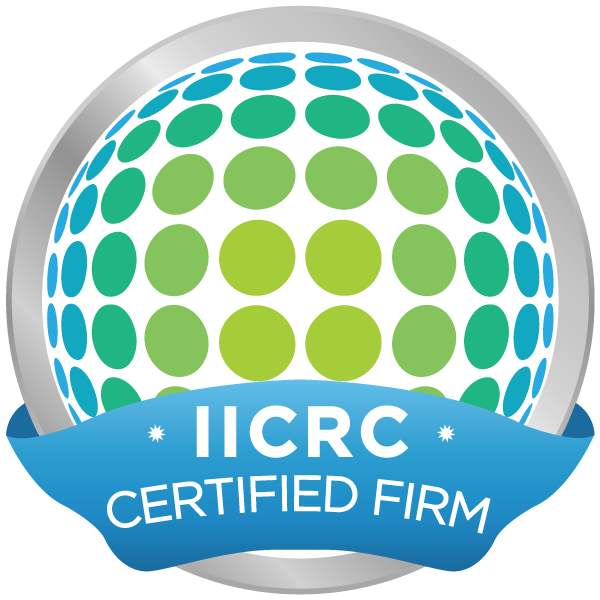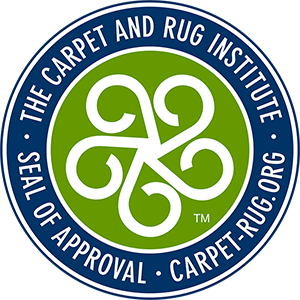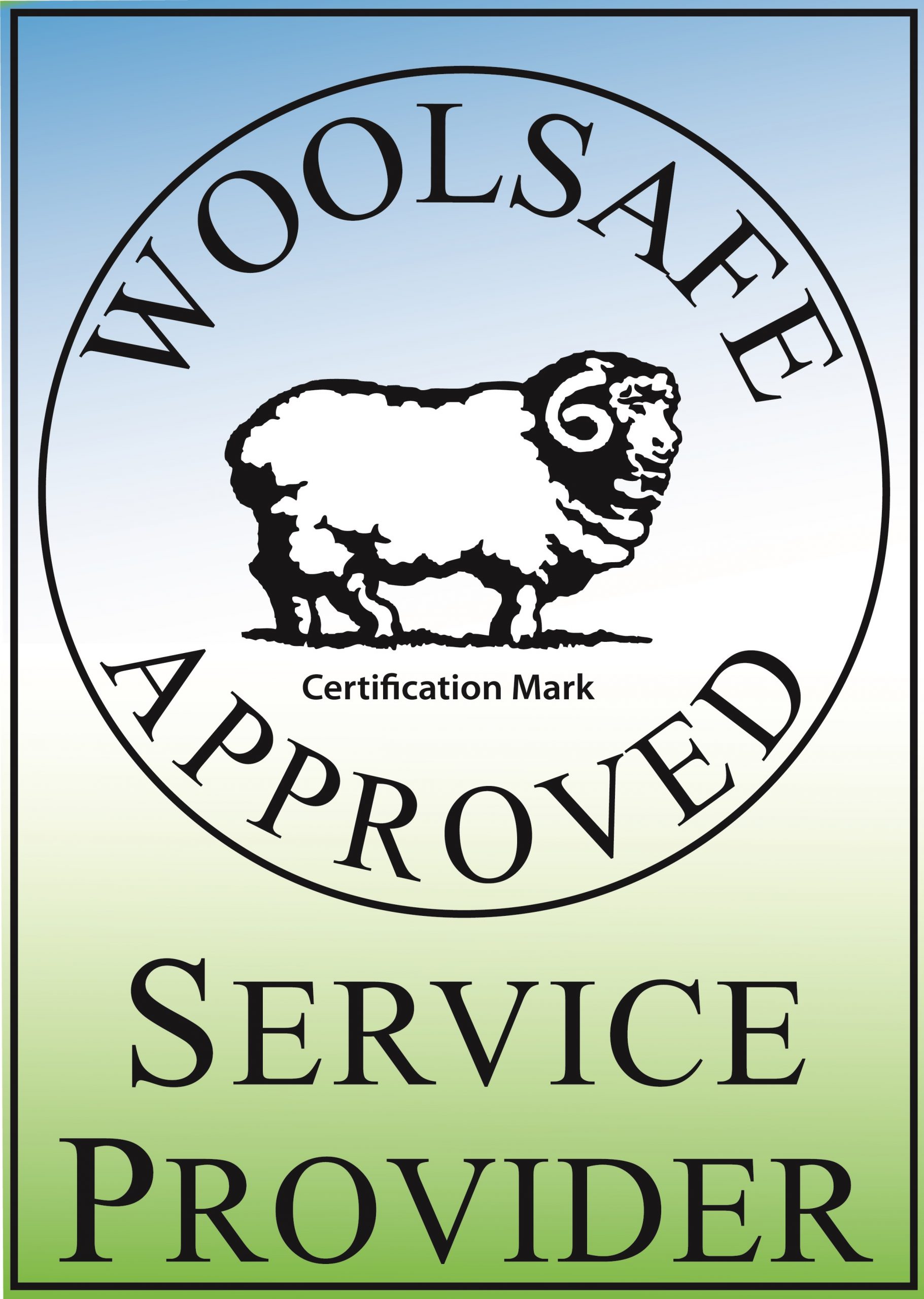
How To Identify The Hereke Turkish Rug
The Exquisite Hereke Turkish Rug: History, Identification, and Care
The Hereke Turkish rug symbolizes opulence and intricate craftsmanship that has captivated collectors and interior designers worldwide. Originating from the town of Hereke in Turkey, these rugs are renowned for their exceptional quality, detailed designs, and luxurious materials. In this blog post, our Rug Master will explore the fascinating history of Hereke rugs, how to identify authentic hand-knotted pieces, the meticulous process of their creation, and why Oriental Rug Salon is the go-to choice for rug care in SW Florida.
The Rich History of Hereke Turkish Rugs
Hereke rugs date back to the mid-19th century, during the reign of Sultan Abdulmecid I of the Ottoman Empire. The Sultan established the Hereke Imperial Factory in 1841 to produce the finest rugs for Ottoman palaces. The factory employed the best weavers and artists, who used silk, wool, and gold threads to create intricate designs that reflected the empire’s grandeur. These rugs were initially exclusive to the royal family and high-ranking officials but later became available to the public, gaining international acclaim.
Identifying an Authentic Hand-Knotted Hereke Rug
Identifying an authentic Hereke rug involves examining several key features:
Materials: Genuine Hereke rugs are made from high-quality silk or a blend of silk and wool. Natural dyes give the rug its vibrant colors that do not fade over time.
Knots: Authentic Hereke rugs are hand-knotted with a double knot, also known as the Turkish or Ghiordes knot. The knot density is high, often exceeding 1 million knots per square meter.
Design: The designs are intricate and symmetrical, often featuring floral motifs, medallions, and elaborate borders. Each rug is a unique work of art with meticulous attention to detail.
Signature: Many Hereke rugs bear the signature or an inscription by the weaver, usually woven into the border or the design itself. (Notice the inscription on the above Hereke rug traveling around all four sides of the rugs border).
The Art of Crafting Hereke Rugs
Creating a Hereke rug is a labor-intensive process that can take several months to years, depending on the size and complexity of the design. Here’s an overview of the steps involved:
Selection of Wool and Dyes
The finest Hereke rugs are made from silk or a blend of silk and wool. The wool is sourced from high-altitude regions, ensuring its softness and durability. Natural dyes derived from plants, insects, and minerals are used to create the vibrant colors. These dyes are preferred for their ability to age gracefully without losing their luster.
Weaving Process
Designing: The process begins with creating a detailed design on graph paper. This blueprint guides the weavers in creating the intricate patterns.
Warp and Weft: The rug’s foundation consists of warp (vertical) and weft (horizontal) threads, typically cotton or silk.
Knotting: The weavers tie individual knots around the warp threads according to the design. The double knot technique ensures the rug’s durability and resilience.
Trimming: After knotting, the pile is trimmed to an even height, enhancing the clarity and sharpness of the design.
Washing and Finishing: The finished rug is washed to remove impurities and set the dyes. It is then stretched and left to dry in the sun.
Why Choose Oriental Rug Salon for Your Oriental, Turkish, and Persian Area Rug Cleaning?
Oriental Rug Salon is a premier rug cleaning and restoration service provider in SW Florida. With certifications from the Institute of Inspection, Cleaning, and Restoration Certification (IICRC), the International Carpet & Rug Institute (CRI), and as a WoolSafe Approved Service Provider, we ensure the highest standards of care for your cherished rugs.
Our Oriental and Persian Area Rug Services
Cleaning: Our meticulous cleaning process removes dirt, stains, and allergens while preserving the integrity of your rug.
Restoration: We offer expert restoration services to repair damage and restore the beauty of your rug.
Free Pick-Up and Delivery: We provide free pick-up and delivery for most area rugs from Sarasota to Marco Island, FL, and the average cleaning time is seven days.
Frequently Asked Questions
Q: How often should I clean my Hereke or other wool or silk area rugs?
A: To maintain its appearance and longevity, it’s recommended that you have your Oriental or Persian rug professionally cleaned every 12-18 months, depending on foot traffic.
Q: Can Oriental Rug Salon handle delicate wool or silk Hereke rugs?
A: Yes, we specialize in cleaning and restoring delicate silk and wool rugs, using techniques that ensure no damage to the fibers.
Q: Do you offer repair services for damaged Hereke or other Oriental or Persian rugs?
A: Yes, our expert artisans can repair tears, holes, and worn areas to restore your rug to its original condition.
Oriental Rug Salon | SW Florida’s Oriental and Persian Area Rug Cleaning “Cleaner of Choice”
Hereke Turkish rugs are a testament to the rich cultural heritage and exquisite craftsmanship of the Ottoman Empire. Whether you’re a collector or simply appreciate their beauty, proper care is essential to maintaining their value and beauty. Oriental Rug Salon offers unparalleled rug cleaning and restoration expertise, making us the trusted choice for rug owners throughout SW Florida.
For more information, visit Oriental Rug Salon online or call us at 239-424-8171. You can also visit us on our Facebook page for more information on our services and tips on how to clean and extend the life of your cherished area rugs.
Videos
-
How To Vacuum An Oriental or Persian Area Rug
-
Why You Should NEVER Allow A Carpet Cleaner To Clean Your Oriental or Persian Area Rug
-
What Is A “Tufted” Area Rug
-
What Are Those White Knots and Freckles On My Wool or Silk Area Rug
-
What Is The Value Of A Rug Pad For My Oriental Rug
-
Do I Need To Have My Oriental Rug Fibers Protected
-
What Does Pet Urine Do To My Oriental Rug And Can Oriental Rug Salon Help



